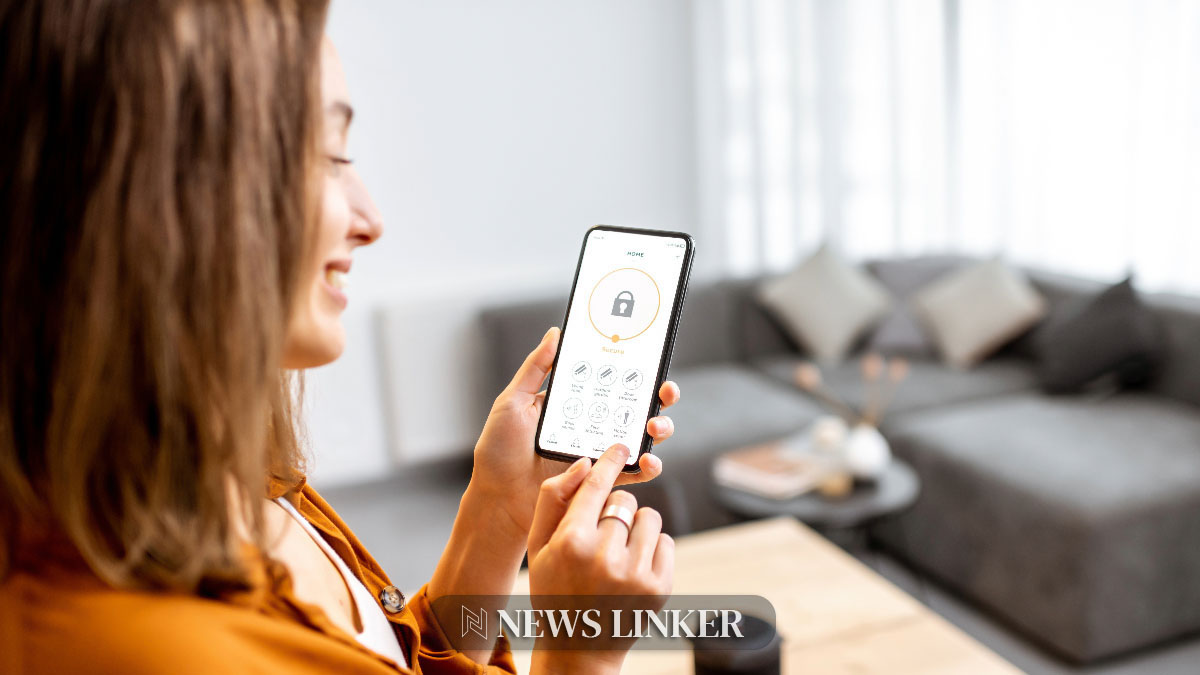The failure of a Sony BRAVIA TV remote to communicate with an Apple TV often stems from compatibility glitches or configuration issues. This breakdown in communication can be particularly frustrating because it impedes the seamless integration and control over home entertainment systems that consumers have come to expect. A range of solutions, including checking HDMI-CEC settings and ensuring no physical obstructions interfere with signals, has proved effective in restoring functionality.
Investigations into similar problems in the past have revealed that such issues are not entirely new. Users have previously reported challenges with hardware compatibility between different brands, highlighting the ongoing need for interoperable solutions in the consumer electronics space. Often, resolving these issues has involved firmware updates or resetting devices to default settings, with varying degrees of success.
How Can HDMI-CEC Settings Impact Remote Function?
HDMI-CEC settings are pivotal in ensuring that different devices can control each other over HDMI. A misconfigured setting or a bug within the HDMI-CEC protocol can lead to the loss of remote functionality. Users might need to toggle these settings to reestablish control of their Apple TV using a Sony BRAVIA remote.
What Role Do Obstructions and Batteries Play?
Remote control issues can often be attributed to simple physical obstructions or depleted batteries. Since Sony BRAVIA remotes typically rely on infrared signals, a clear line of sight to the TV’s sensor is required. Weak or dead batteries are another common culprit that can prevent the remote from functioning properly.
Why Might a Factory Reset Be Necessary?
In some cases, all standard troubleshooting steps may fail, necessitating a factory reset of both the Apple TV and Sony BRAVIA TV. This process can clear persistent software glitches by restoring the devices to their original settings, although it will erase all personalized configurations.
In the realm of scientific research, a paper published in the Journal of Consumer Electronics titled “Interoperability Issues in the Smart Home Environment” discusses the complexities surrounding the interaction of various smart home devices. According to this study, the diversity of protocols and standards can lead to operational challenges, such as those experienced with remote controls across different platforms. This reinforces the importance of compatibility considerations in the design and implementation of consumer electronics.
Inferences from This Article:
- Remote pairing issues might be resolved by toggling HDMI-CEC settings.
- Physical barriers and battery health are common remote control concerns.
- A factory reset can be a last resort solution for persistent remote issues.
In conclusion, addressing remote control incompatibility involves a systematic approach that begins with basic checks, such as line-of-sight obstructions and battery replacement. Advanced steps include toggling HDMI-CEC settings, performing device restarts, and, as a final measure, conducting a factory reset. Given the intricacy of smart home ecosystems, device manufacturers must prioritize interoperability to prevent such issues. Until then, consumers may need to undertake a series of troubleshooting steps to regain control over their entertainment systems.










